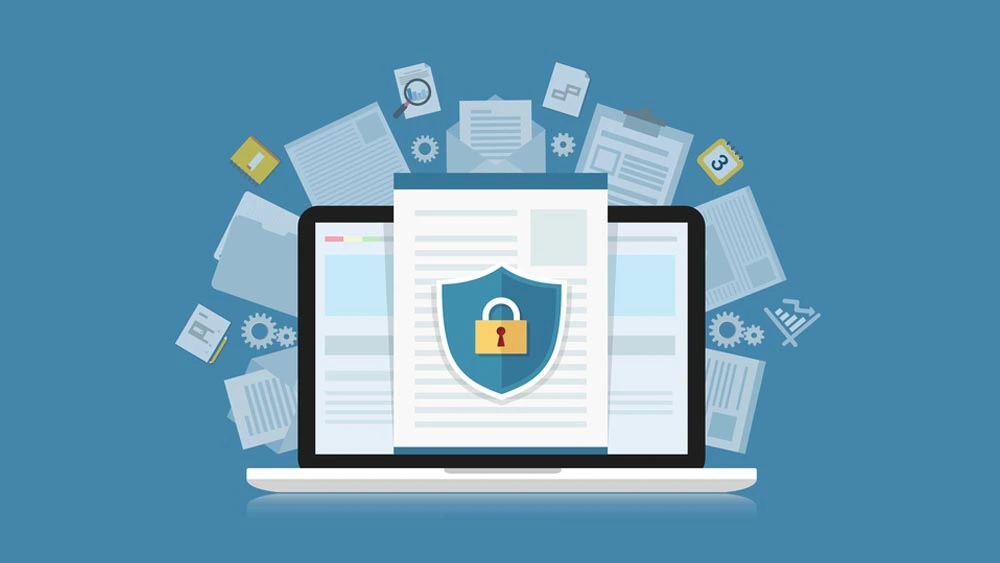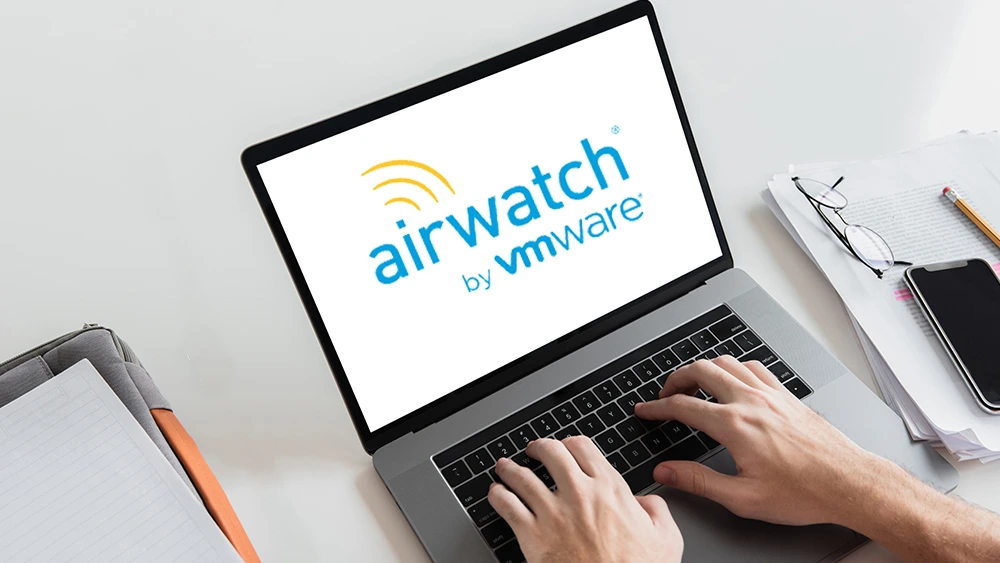Take your Organizational App Security to the Next Level With Wrap Application
As we all know and get to witness nowadays, all industries are shifting toward developing applications to streamline their operations and make them more efficient. Fields like health care, banking, and many more now rely heavily on the presence of apps for both users and employees. Many organizations are now developing applications for their internal operations and employees. These applications not only make communication across the organization way better, but they also help automate many redundant tasks and improve productivity. With many employees using the app and much data uploaded to it, how can one secure his organizational application? In this article, we will demonstrate everything about the app security practices called “app wrapping.” We will explain everything you need to know about how to create a wrap application and the best tool to do so.
What Is App Wrapping?
One great concern of developing an application for internal operations or an entire organization is that, like many apps, your data might be at risk of being breached. Bear in mind that this kind of data is very vulnerable and contains sensitive information that can put the whole organization at risk. This is when developers turn to app wrapping to maximize the level of security of their apps. Wrapping an app means adding a new security policy or layer to it without changing or impacting any of the app’s original functionality. This means that an application stays exactly the same, with the same look and feel, features, and design. However, it is more secure and safe. But how exactly does it work?
How Does App Wrapping Work?
Developers apply app wrapping by either using one of two different methods. The first one would be using the SDK. SDK is an abbreviation for “software development kit.” It is a set of tools and functions that allow developers to create custom applications on whatever platform they want. By using SK, developers can customize the application’s security policies the way they want by adding executable codes. SDK is usually done during the development of the organization’s app or even afterward.
The second method used for app wrapping is the EMM vendor. EMM, or enterprise mobility management, is a set of technologies used to manage applications owned by organizations and used by employees. Through these EMM vendors and tools, developers create specific APIs that include security and management policies. These APIs are set up to guide the application on how to function. They also give administrators full control over who can access the application, access data, and download the application
Importance of App Wrapping
App wrapping is associated with one of the most important aspects of any application, which is security. The importance and significance of app wrapping lie within two main points;
The first is that it provides both developers and administrators with full control over the application and the data found on it. Through app wrapping, administrators can restrict access to only people inside the organization. They can also restrict the devices that can download the app and which devices can do so. Not only that, but they can also restrict the ability to copy any data found in the organization to avoid any data leak or breach. Meaning that any employee on the app can’t copy and paste any data, but he can work with it as long as he is inside the application. In addition, app wrapping also limits the use of any device’s capabilities, like the camera, microphone, GPS, etc.
The second advantage of app wrapping is that it also saves both money and resources for the organization. Instead of constantly needing to develop an application with more enhanced security measures. App wrapping allows developers to modify and add extra layers and measures of security to the same app without impacting any other functions. App wrapping also saves money and resources by protecting and securing the data and information that would have major consequences if breached.
Key Policies of App Wrapping
In most cases, an organization’s regulations will limit a wrap application. Developers send out and apply mainly three types of policies, which are:
1. Security Policies
As the name implies, the security policies are the elements sent and applied to ensure the safety and security of the app’s data. These policies include both controlling data copy and paste and the device capabilities that we mentioned above. In addition, it also includes controlling many other security aspects, like jailbreak detection, which detects the presence of the app on any jailbroken devices and restricts it. A jailbroken device is one that has been illegally set to have all the operating system restrictions removed. This, of course, exposes the devices, as well as the applications found on them, to many malicious attacks.
2. Management Policies
Developers or administrators implement management policies to simplify and streamline operations across the entire organization. These policies assign a role to each user found on the application, based, of course, on the user’s title in the organization. This is in addition to restricting access to specific users. This not only gets rid of any unwelcome access but also makes the app more efficient and easier to use.
3. Analytical Policies
Analytical policies provide full insights that administrators and developers can access to oversee everything that is going on with the application. This includes information on all the users of the app, how they use it, and why. It also provides the administrators with full control over the app’s usage time, where they can set specific times for users to access the app.
Best App Wrapping Tools
Microsoft Intune
Microsoft Intune is a cloud-based mobile device management solution. It allows organizations to manage and secure their mobile devices and apps. With Intune, you can apply app protection policies to your mobile apps, such as requiring a PIN or fingerprint to access the app, restricting data sharing, and preventing users from copying data to other apps. Intune also offers conditional access policies, which allow you to control access to your corporate resources based on many factors, such as device compliance and user location.
AirWatch
AirWatch is another mobile application management software that offers app-wrapping capabilities to secure your organization’s mobile apps. This tool offers a plethora of security policies to apply to your wrap application. Such as disabling copy/paste functions of any data, restricting or blocking device and OS capabilities such as the camera, and enabling single sign-on. AirWatch is ideal for controlling and securing not only one wrap application but also multiple wrap applications under the same software.
Appdome
Appdome is a popular app wrapping tool that allows you to add security features to your mobile apps. This tool doesn’t require access to the app’s main code or impact other functions. With Appdome, you can add features such as encryption and data loss prevention. Appdome also offers a no-code integration platform that allows you to integrate third-party SDKs and APIs into your apps without requiring any coding skills.






